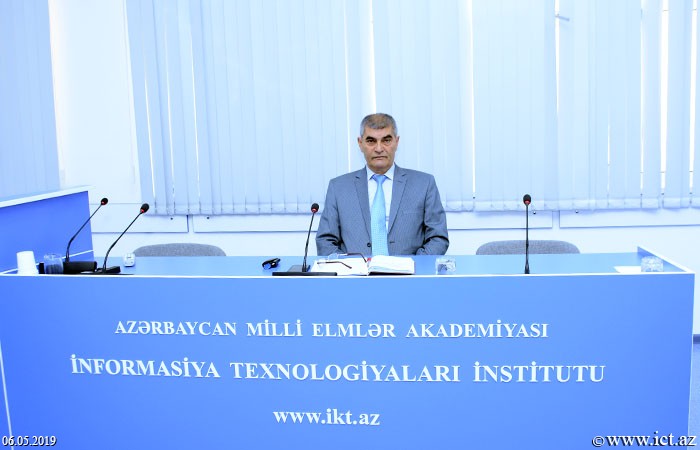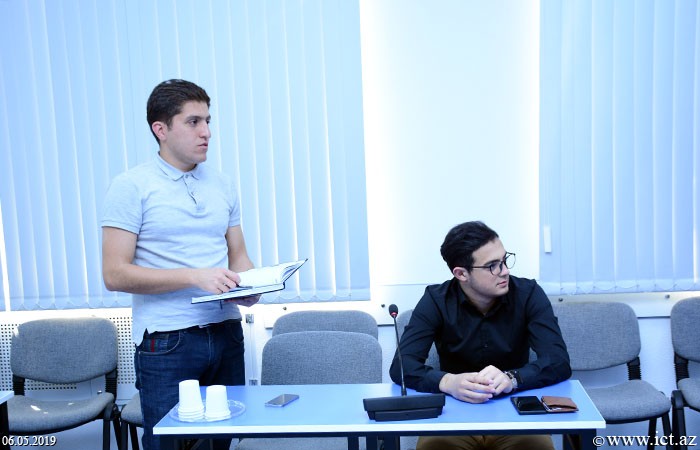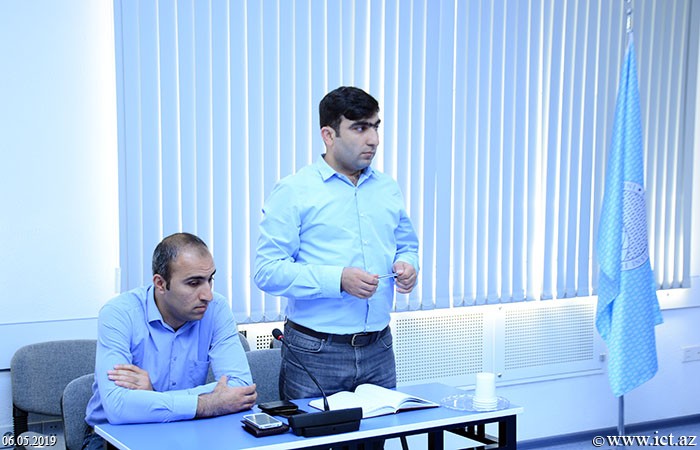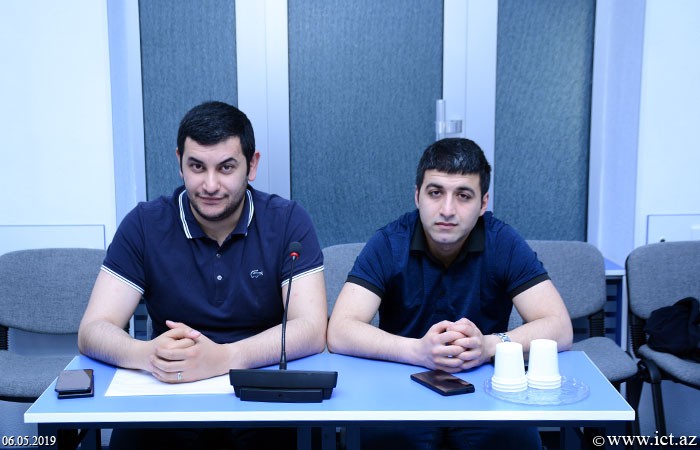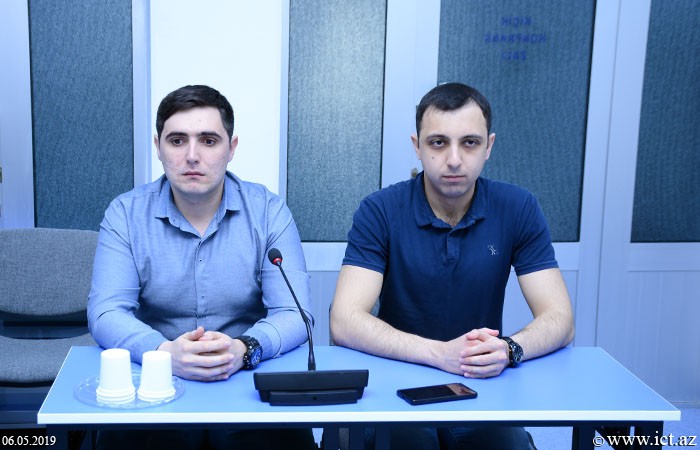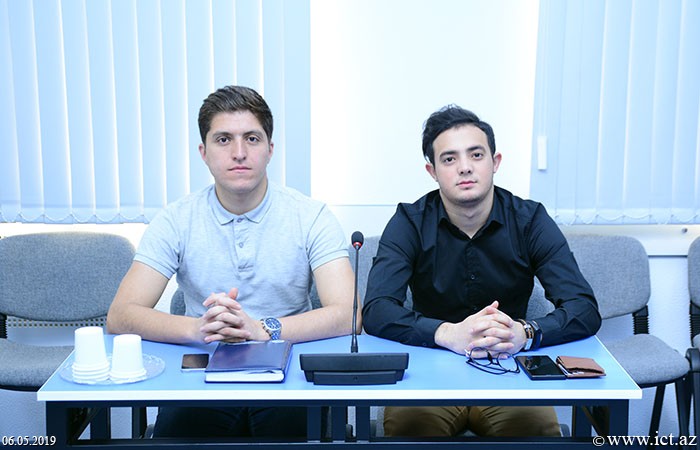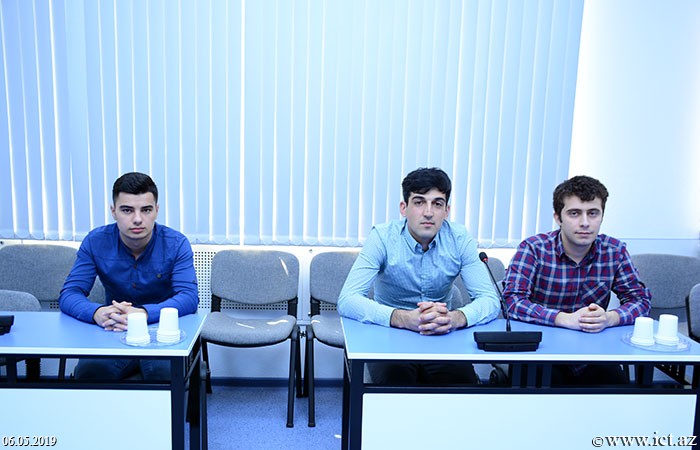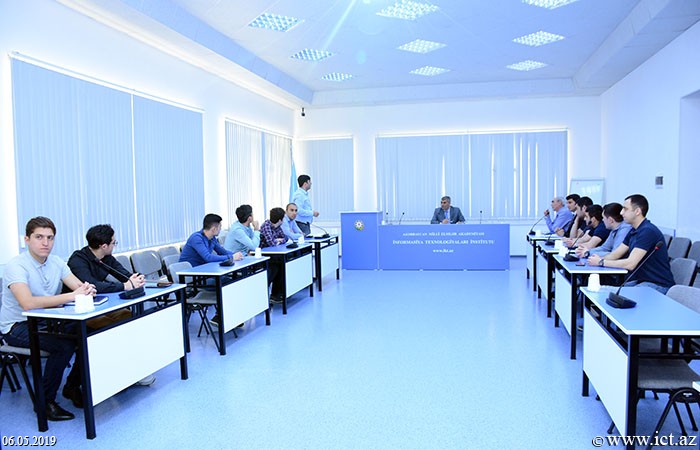NEWS
Research on Fog computing technologies, modern state and prospects
Next scientific seminar of Department No. 4 of the Institute of Information Technology of ANAS was held. Senior researcher of the Institute Mammad Hashimov delivered a presentation on "Fog computing technologies: current state and prospects". The Internet of Things (IoT) and mobile Internet technologies connect various objects, including human, machine, and objects, to the information environment at any time and place.
He noted that the development of the Internet of Things (IoT) technology and mobile Internet technology connect various objects, including people, machines, and objects, to the information environment anytime and anywhere.
According to him, reducing the demand of personal computers connected to the Internet for computing and memory resources, providing users with unlimited computing resources and memory resources, high data processing speed, as well as hardware and software, maintenance costs and electricity, etc. are the main advantages of cloud technology.
Talking about the “Internet of Things” and cloud technologies, M. Hashimov noted that cloud technologies have limitations on the use of existing applications in real time or with a delay, and at the same time problems such as low bandwidth cannot be solved with using cloud computing.
Fog computing is a high-level virtualized platform providing computing, memory and network services between the end user and the data center and acts as a bridge between the clouds and the end user and IoT, he noted.
Speaking about the main goals of Fog computing, M. Hashimov noted that cloud services are provided for IoT devices through foggy computing, reducing latency, preserving the passivity of the cloud and memory resources.
The speaker said that fog nodes work depending on what information they receive. He brought to attention the principle of fog computing.
Views on presentation were exchanged and questions were answered.
© All rights reserved. Citing to www.ict.az is necessary upon using news


